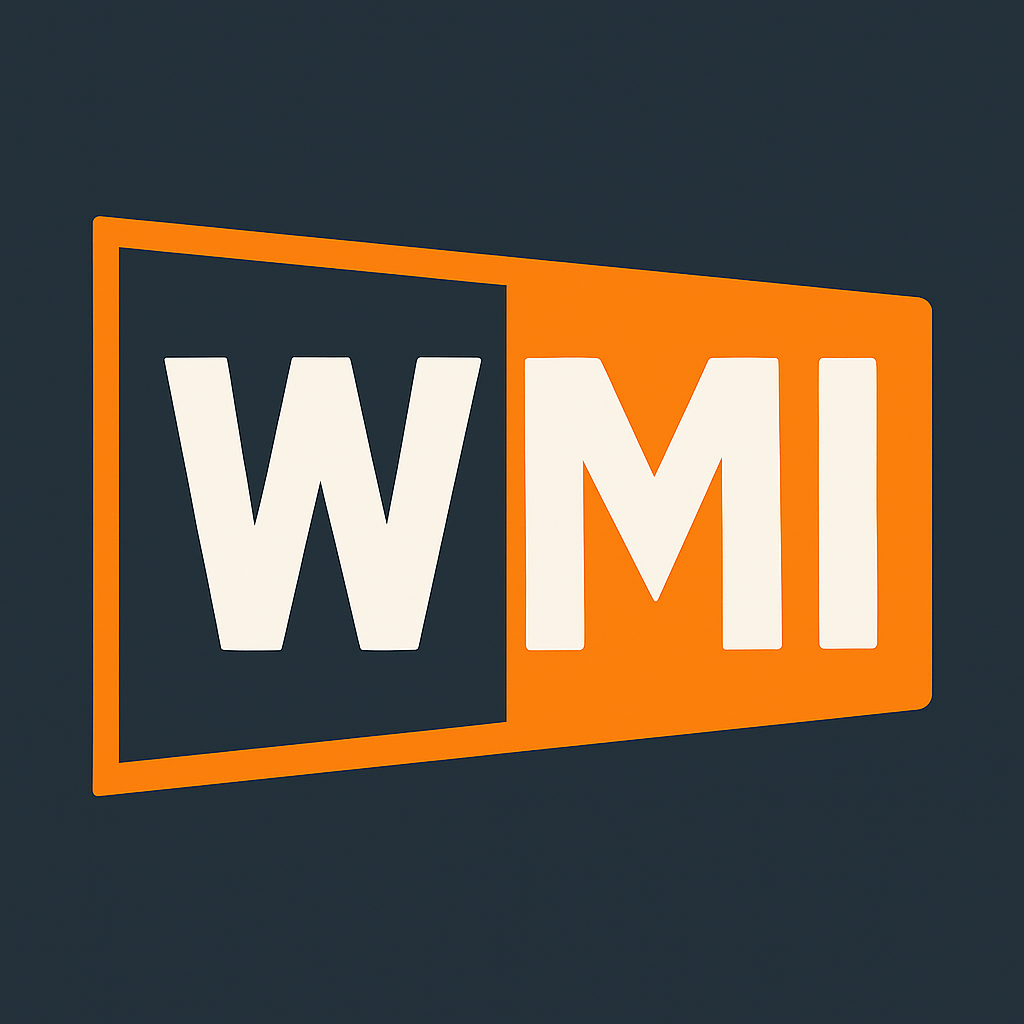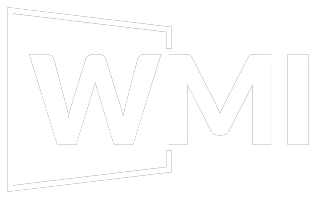In the fast-paced world of search engine optimization (SEO), agencies adjust their pricing models to meet client needs. To succeed in the digital landscape, agencies must choose the best pricing structures. This article explores the pros and cons of different pricing models, trends, and factors agencies should consider when setting SEO prices.
One common model is flat-rate pricing. It offers simplicity and predictability, but lacks flexibility and customization, leading to either overpricing or underpricing. Tiered pricing classifies services into levels, allowing tailored offerings and clear value.
Customized pricing tailors costs to individual needs, reflecting an agency’s value-driven approach. However, it requires evaluating each project, which takes more time.
To assess pricing strategies, agencies must consider client expectations of value and return on investment (ROI). Evaluating client ROI helps agencies refine strategies and pricing models. Regular assessments and research are crucial to stay competitive.
Retainer-based models provide a consistent fee for specific services, ensuring stable revenue and client loyalty. However, they require a commitment to sustained SEO efforts.
Hourly rates offer transparency, flexibility, and fair compensation based on actual hours worked. Striking a balance between fair pricing and consistency is important. Agencies should also consider costs for SEO tools.
Bundling digital services, like content marketing or pay-per-click (PPC) advertising, into packages simplifies processes and offers clients a comprehensive solution. This model, inspired by the Software as a Service (SaaS) industry, provides consistent costs and ongoing services.
Artificial intelligence (AI) and machine learning allow for dynamic pricing models that adjust in real-time. This flexibility helps agencies adapt to market changes.
Performance-based pricing anchors costs to specific outcomes, aligning agency and client goals. However, it carries risks like unpredictable revenue and dependence on client collaboration.
In conclusion, choosing the right pricing model for SEO requires evaluating the advantages and disadvantages of different approaches. Flat-rate pricing offers simplicity, while tiered models provide customization. Customized pricing meets individual client needs, while retainers foster ongoing relationships. Hourly rates offer transparency. Emerging trends, like bundling and dynamic pricing, offer new opportunities. Agencies must balance fair pricing, client satisfaction, and profitability for long-term success in SEO.

